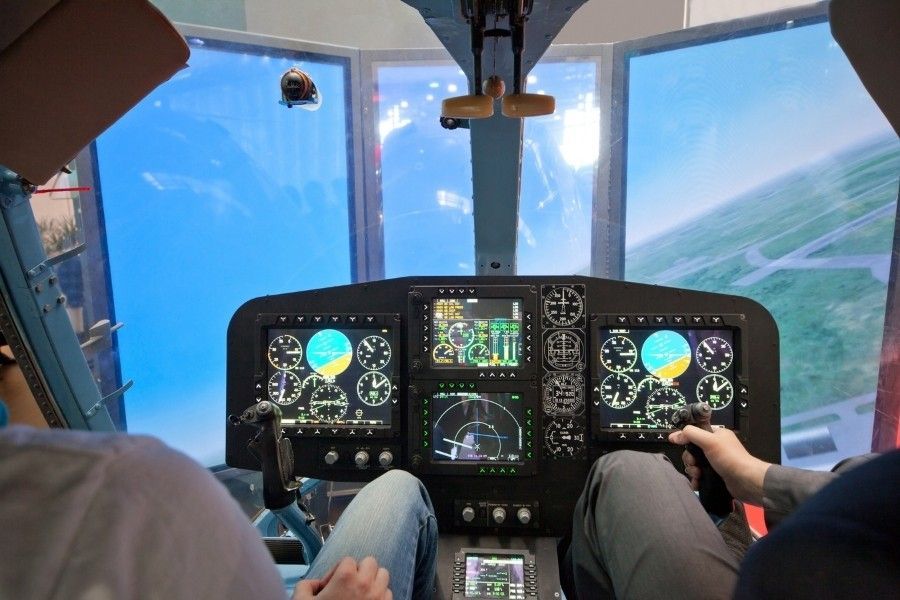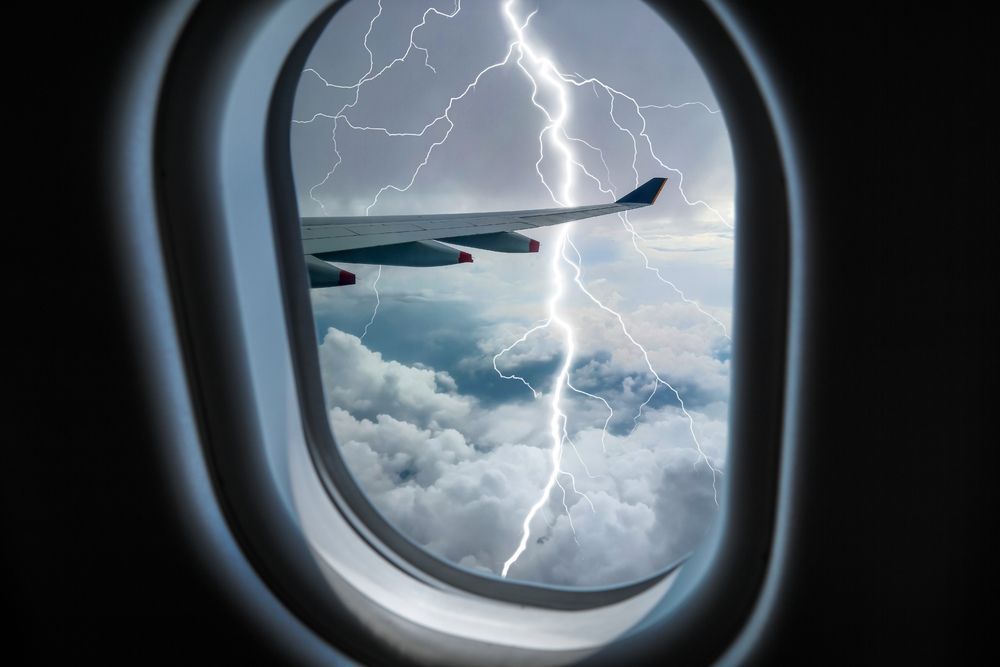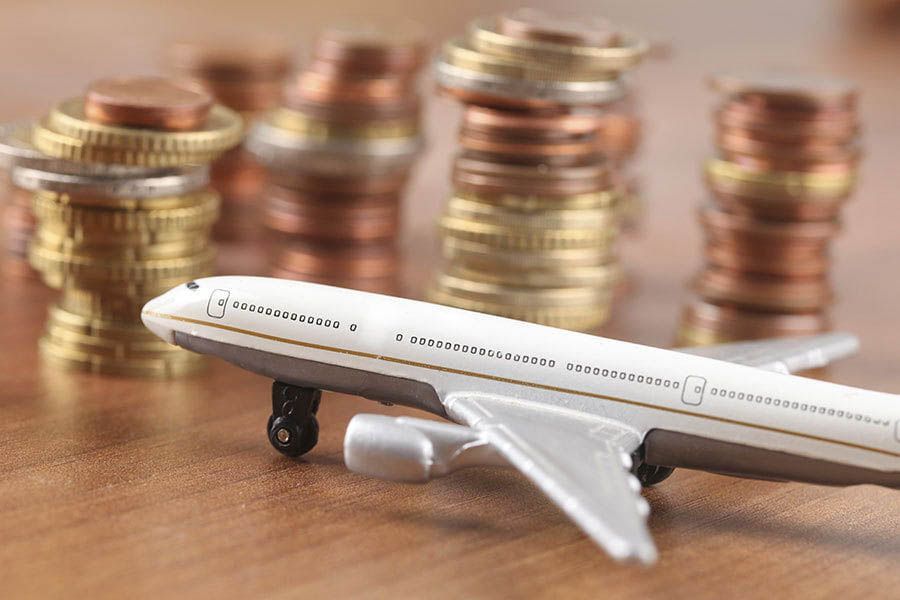

Are you excited to begin your aviation career but are hesitant that you’ve never experienced being behind the control wheel of the cockpit? How do pilots learn? What is flying a plane actually like? These are all valid questions to ask, especially when considering pilot training. What’s our answer to the questions above? Flight simulation!
Flight simulation is an affordable, helpful resource for those looking to expand their careers in the sky but have never flown before. In the content below, we discuss the top five ways in which flight simulation benefits pilots in training.
Flight Simulator Training: Our Top 5 Reasons
First and foremost, a flight simulator is a device that artificially re-creates aircraft flight, as well as the environment in which it flies. By simulating flight conditions with an electronic or mechanic system, pilot trainees can get a sense of what it’s like to fly in a safe, controlled way. Read below to discover how else flight simulation is beneficial in many training experiences.
#1. Ensure Safety and Comfort
Utilizing flight simulation during training is just about the safest way someone can learn how to fly. Many advancements in technology and software programs allow the simulator to feel highly realistic in comparison to an actual flight experience, all without ever leaving the ground.
Additionally, learning and experimenting with controls and flight methods may be nerve-wracking, especially up in the sky, but simulating flight allows you to be comfortable (and grounded) during the training process.
#2. Enhance Training Experiences
There are necessary techniques for such flying, and flight simulation makes it easy to enhance all sorts of training experiences to tailor to a trainee’s or licensed pilot’s specific goals. Therefore, regardless of if you’re a pilot in training or a veteran in the cockpit , flight simulation helps develop and refine skills that cover a vast assortment of flight scenarios. As a result, you’ll be able to master adverse weather conditions and execute maneuvers over various types of terrain.
#3. Master Navigational Procedures and Skills
One of the many great things about flight simulators is that they can recreate just about any flight scenario. This advanced programming helps pilots in training improve their navigational abilities.
Furthermore, simulation makes it incredibly easy (and safe) to practice executing instrument procedures— both VFR and IFR—with onboard navigational equipment and devices. You can practice routes to new airports, plan flight paths, and execute takeoffs and landings so that you’ll know exactly what to do when you take to the skies.
#4. Practice Radio Communication
Communication is crucial for the success and safety of your flight! It’s essential for pilots to communicate with ATC and other pilots while in the air and on the ground, and flight simulation allows students to practice such skills.
At first, radio communication may pose as intimidating and confusing because of its fast pace. Luckily, flight simulation allows pilots in training to work on proper ATC communication and master proper radio techniques in a stress-free environment, where one can make mistakes without the threat of danger.
#5. Prepare for Risk and Emergencies
There are several risks and emergencies that could occur on board during a flight. However, flight simulation allows you to practice handling them with mastery and ease!
Without the threat of actual danger, student pilots can prepare for emergency scenarios and properly respond to them with the freedom to make mistakes in a lower-stress environment. By practicing how to identify and assess danger in a first-person viewpoint of flight simulation, you’ll be able to mitigate risk while up in the sky.
With knowledge and first-hand experience in a low-stress environment, pilots in training gain confidence, skills, and proficiency in all necessary aspects of flying. Flight simulation encourages practice outside of flight school, so students and aviation veterans alike can continue becoming the best pilots they can be. It’s a powerful, affordable tool that benefits pilots of all ranks.
Experience Introductory Flight Simulation Today with JA Flight Training
After exploring the benefits of flight simulation for pilots in training, it’s time to experience it yourself!
At J.A. Flight , you can discover the joy of flying in our Redbird full-motion simulator. An Approved Advanced Training Device (AATD), like a full-motion simulator, mimics the real-world sensations of flying, like the force of a takeoff and the touch down during landing. You’ll learn the basics of flying an aircraft while being guided by a certified flight instructor. This experience truly gives you a sense of what it feels like to fly.
Discovery flights also include an opportunity to get behind the control wheel of the training aircraft’s pilot seat. An instructor will walk you through everything from taxi to takeoff to landing. If you enjoy your experience and are ready for more, then it’s time to take your first lesson!
J.A. Flight offers several flight instruction opportunities and training programs, from private & commercial certificates to instrument ratings to veteran flight programs. Contact us today to learn more about taking your career (or hobby!) to new heights.


